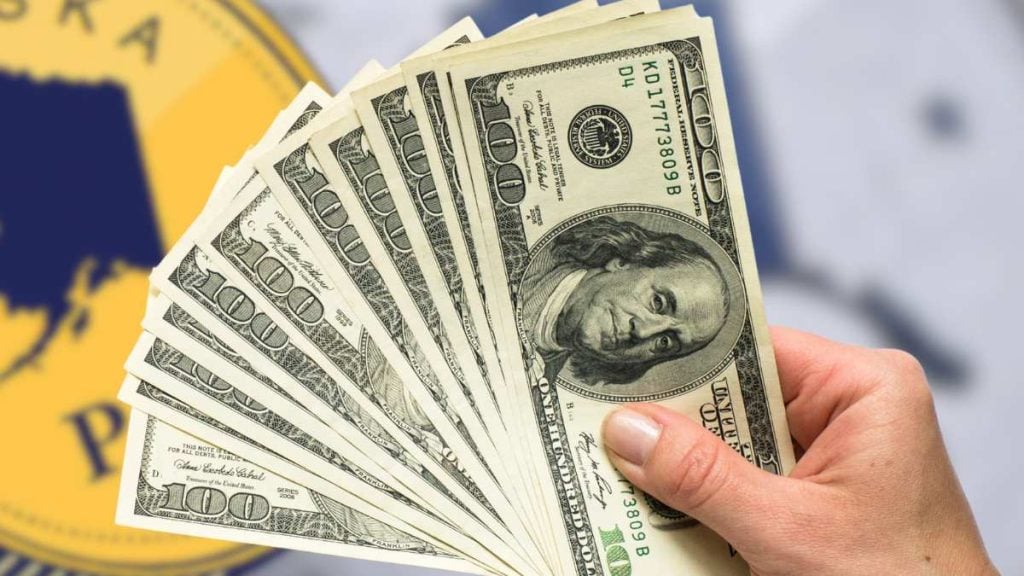About 600,000 Americans will qualify in 2025 to receive stimulus payments from oil industry profits. Not just anyone, because only residents of a particular state and those who meet certain requirements qualify.
This is the Permanent Fund Dividend (PFD), a program that distributed $1,702 per eligible American last year, combining a base payment of $1,403.83 and an energy relief payment of $297.17. Therefore, all residents of the state of Alaska, where the PFD stimulus payment program operates,
Last year’s stimulus checks were $1,702: How much should we expect in 2025?
The Alaska Permanent Fund, the source of the PFD, is funded by oil royalties. Its management seeks to balance immediate benefits with long-term sustainability. “The fund is a mechanism for sharing natural resource wealth with present and future generations,” explains the 1976 constitutional amendment.
Between 2015 and 2024, the PFD fluctuated annually. The lowest payment was $992 in 2020, while in 2022 it peaked at $3,284, including an energy supplement. These changes were due to economic variables, budget adjustments, and exceptional measures, such as the relief approved in 2022.
How to access the PFD dividend payment
Applications for the 2025 PFD were due by March 31, 2025, so if you didn’t file before that date, you won’t be able to apply for the benefit, even if you’re eligible. Historically, payments have been made in October, although there’s no official confirmed schedule. “The Alaska Department of Revenue will announce the final amount once evaluations are complete,” state protocols state.
In 2024, approximately 600,000 residents qualified for the PFD. Requirements include uninterrupted residence in Alaska for the previous year and the intent to remain indefinitely. Absences of more than 180 days, with exceptions such as military service or school, disqualify applicants.
Those without felony convictions during the base year are also ineligible. This criterion seeks to align the program with civil liability standards. “Eligibility is rigorously reviewed to ensure the integrity of the process,” the Department of Revenue states.
Do these payments have tax obligations?
The PFD injects millions of dollars annually into the local economy, especially in rural communities. Studies show that these funds increase consumption in sectors such as retail and services. However, the dividend is federally taxable, an aspect that beneficiaries must consider in their income tax returns.
Unlike other states, Alaska does not impose local income tax. This policy reinforces the appeal of the PFD, although it does not exempt residents from federal obligations. “The tax treatment of the PFD depends on applicable federal regulations,” official documents state.
